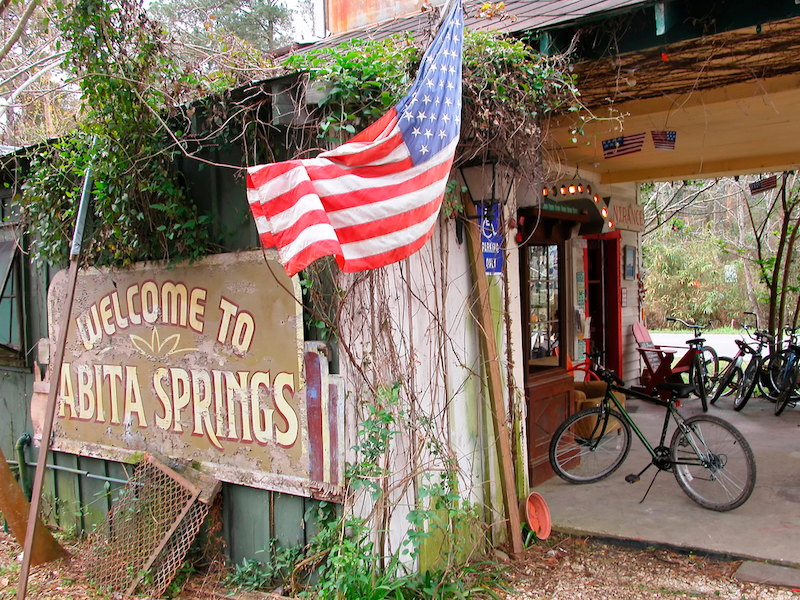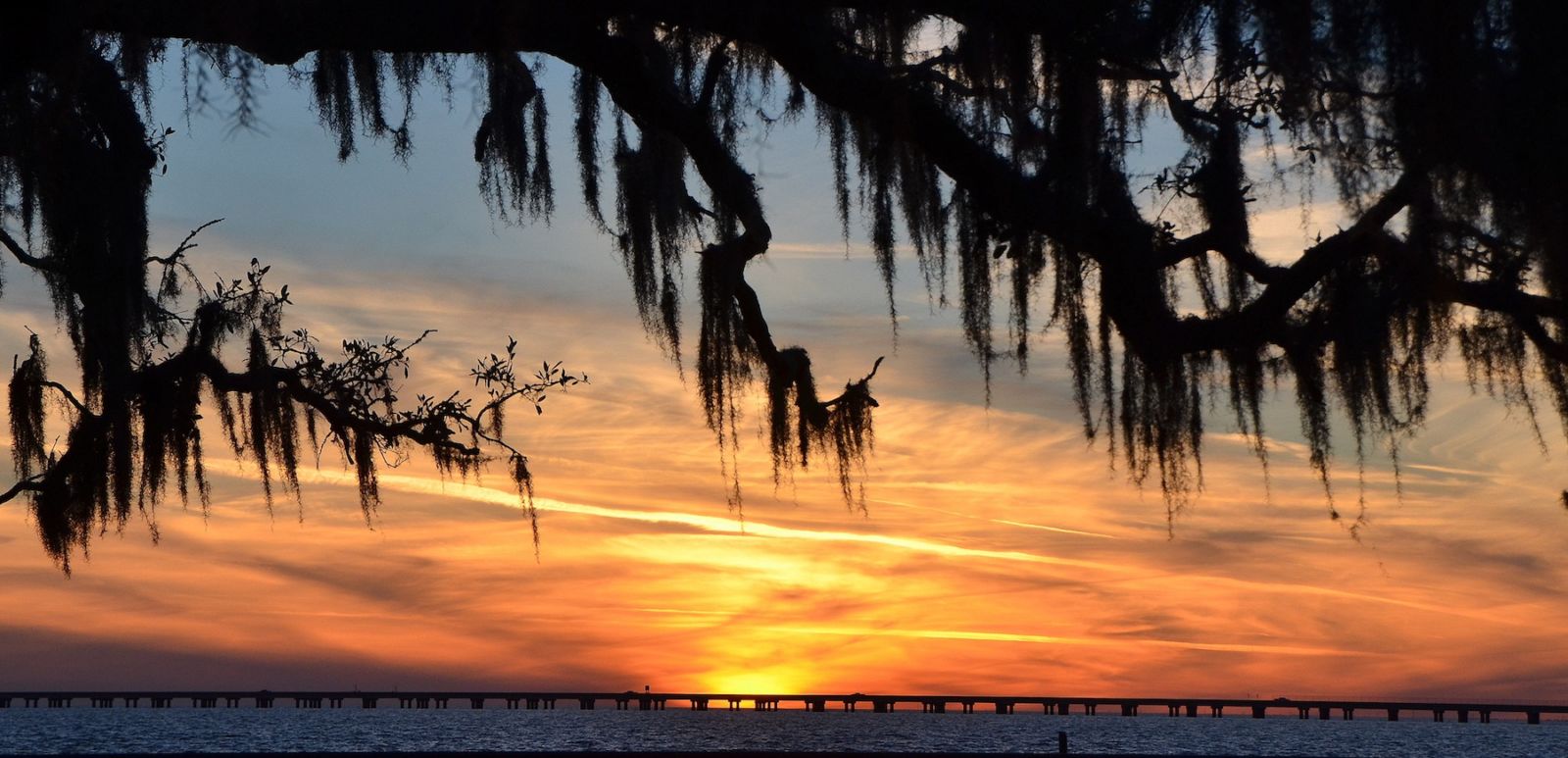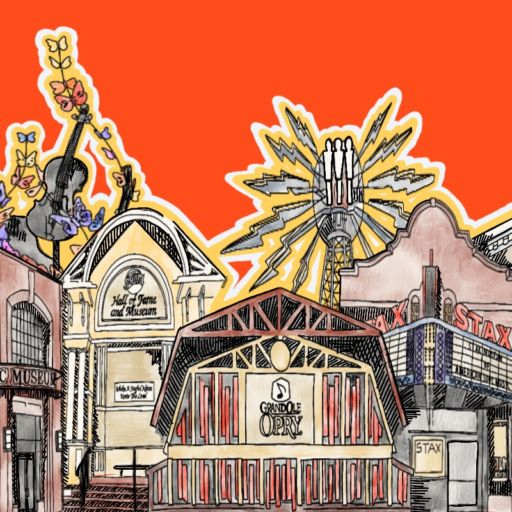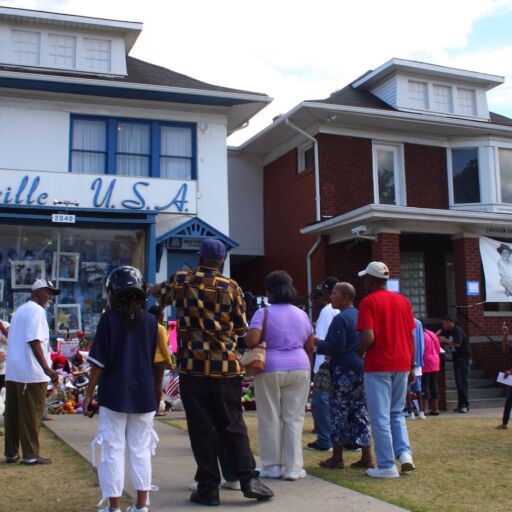New Orleans is a popular getaway for many of us, but where do the locals go when they want to escape? For two centuries, it’s been to the other side of Lake Pontchartrain, the 630-square-mile body of water whose southern and eastern edges run along the top of New Orleans before eventually entering the Atlantic Ocean.
In the 19th century, New Orleanians would go to the grand hotels or their second homes on the Northshore, then called “l’autre côté du lac’,’ or “other side of the lake,” to escape the heat and yellow fever outbreaks of the city. In those days, they traveled by steamboat or railroad. Today, they can simply drive over the nearly 24-mile causeway, one of the longest overwater bridges in the world, that crosses the surface of Lake Pontchartrain. The bridge delivers New Orleanians (or curious out-of-towners) to smaller towns and state parks that have the history, delicious restaurants and Spanish moss-draped oaks we love in New Orleans but with a more laid-back atmosphere.
See the best of the Northshore by road tripping from the Big Easy. Start your trip by crossing the causeway over the lake. Or, if long stretches of uninterrupted road above water gives you anxiety, you can drive the long way around the waterway on Interstate 10.
New Orleans to Madisonville
Once across the lake, stop in the town of Madisonville, named for President James Madison and an important place for ship repairs during the War of 1812. It’s home to the Tchefuncte River Lighthouse, which assisted the steamships in crossing the lake’s massive body of water known for strong waves. The lighthouse is visible from the town’s boat launch, along with the rusting remains of one of the lake’s ferry boats.

The Lake Pontchartrain Basin Maritime Museum, located up the Tchefuncte River in the downtown area, covers the nautical history of Louisiana. It has photos of the town’s shipyard, which built a number of vessels, and a replica Civil War submarine. The Madisonville Historic Museum, located in the former city jail and courthouse, has a hand-built canoe used to explore the Mississippi River and preserved jail cells from the early 1900s.
When you’re ready for a bite, head to the appropriately named Tchefuncte’s for Louisiana classics like barbecue shrimp, fried oysters and crawfish tails.
Madisonville to Covington
Continue inland on US-21 to Covington, founded in 1813 as the parish seat of St. Tammany Parish. The Bogue Falaya River runs through town before emptying into Lake Pontchartrain. Local outfitters rent kayaks and canoes to see the river’s wildlife.
Abita Brewery, the state’s original craft brewery, started in neighboring Abita Springs. The original building still exists there as a brewpub, but the larger operation in Covington offers tours and tastings of the entire lineup of beers, as well as events like live music and crawfish boils.
For absolutely no debauchery, visit the St. Joseph Abbey, a monastery established in 1889. You don’t have to be one of the faithful to appreciate the incredible murals from Benedictine artist Dom Gregory de Wit. The gift shop also sells soap and honey made by the monks.
The best place to stay in the Northshore is the Southern Hotel, one of the grand hotels from 1907 that has been restored and once again welcomes guests. Nicknamed Covington’s living room, grab a Paper Plane cocktail in the Cypress Bar, which has murals depicting the town. Then walk to dinner across the street at Del Porto, a favorite local Italian restaurant with traditional pasta and entrees.
Covington to Abita Springs
A short drive on US-36 from Covington is Abita Springs, a charming town named for the natural springs believed to have medicinal properties. Travelers in the late 1800s used to soak in the spring’s mineral-rich water under covered pavilions. The Abita Pavilion still stands today, although without the vacationers lounging underneath it.

Opened by artist John Preble in a former gas station, the Abita Mystery House is a museum and a celebration of outsider art, full of his dioramas of Southern life and mosaics with found objects. There’s even a metal structure shaped like a UFO and the gift shop sells prints of his work.
The Abita Springs Trailhead Museum sits at the trailhead of a rails-to-trails path and has Native American artifacts and work from regional artists. The building itself is the “bachelor quarters” where single men would have stayed at the 19th-century Longbranch Hotel, which no longer stands.
There aren’t many restaurants in small Abita Springs, but grab a bite at Maple Street Bakery & Café for pastries and coffee to fuel your trip.
Abita Springs to Mandeville
Finally, hop on US-59 and head to Mandeville. Named for Bernard de Marigny de Mandeville, owner of a local sugar plantation, Mandeville has the most beautiful part of the trip: the charming Cajun cottages and grand Victorian mansions along the waterfront of Lakeshore Drive.
Learn about how the 19th-century vacationers spent their days at the Jean Baptiste Lang House, a historic home styled as it would have been when New Orleanians used it as refuge.
The Dew Drop Jazz Hall, built in 1895, was one of the few places where Black artists like Louis Armstrong could perform. The wooden clapboard building still hosts artists for seasonal concerts where fans can grab a spot on the pews.
Borrow a bike from a local company to explore the longleaf-pine-shaded Tammany Trace, a rails-to-trails path that runs between Covington and Slidell. The 31-mile paved byway has converted rail trestles as well as a playground and splash pad for the kids.
Fontainebleau State Park is located just east of Mandeville, but is a destination in its own right. It spreads across nearly 3,000 acres of the town founder’s former sugar plantation. The park is home to over 400 species of animals and has camping, glamping tents and cabins on stilts.
Mandeville also has an abundance of great restaurants, so plan on dining out. Liz’s Where Y’at Diner and Hambone are essential eateries with playful dishes. Then browse the stacks at The Book and The Bean, a local bookstore and coffee shop, picking up a title from a Louisiana author to read on the rest of your trip.
From here, you can return to New Orleans, traveling back across the causeway, or keep exploring, perhaps biking the Tammany Trace in its entirety.




